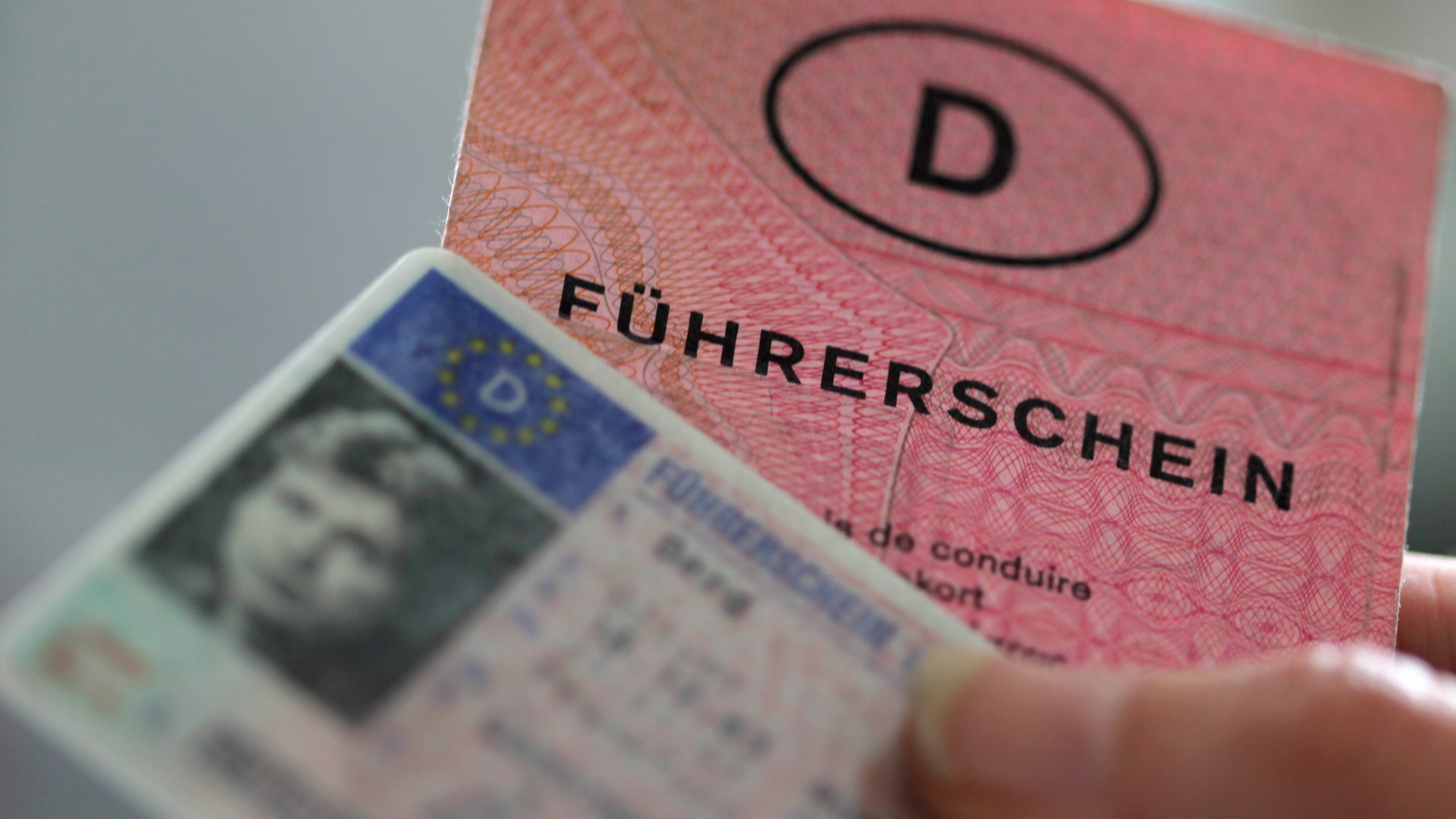Understanding Road Traffic Regulations: A Comprehensive Guide
Roadway traffic policies are vital for guaranteeing the safety of motorists, pedestrians, and other roadway users. These laws govern the operation of vehicles, the behavior of drivers and b197-deutschen registrierten führerschein kaufen ohne prüfung führerschein kaufen erfahrungen (click4r.com) pedestrians, and assist in smooth traffic circulation. This short article digs into the various elements of roadway traffic guidelines, their value, and some common guidelines and policies that every roadway user ought to be familiar with.
The Importance of Road Traffic Regulations
Road traffic regulations serve numerous crucial purposes:
- Safety: They are primarily designed to safeguard the lives of individuals on the road, reducing accidents and injuries.
- Organized Traffic Flow: By establishing clear guidelines, these regulations help in managing the circulation of cars and minimizing congestion.
- Defense of Pedestrian Rights: They guarantee that pedestrian crossings and rights-of-way are appreciated, promoting much safer travel on foot.
- Ecological Considerations: Certain regulations intend to reduce environmental effect, encouraging environmentally friendly driving practices.
- Legal Framework: They offer legal accountability for chauffeurs and deutschen führerschein kaufen pedestrians, defining penalties for infractions.
Key Elements of Road Traffic Regulations
Comprehending roadway traffic guidelines is crucial for compliance and safety. Below are some of the essential components:
| Element | Description |
|---|
| Traffic Signs | Different indications that provide information and instructions to chauffeurs. |
| Traffic Signals | Lights that manage the flow of traffic at intersections. |
| Speed Limits | Maximum and minimum speed limits set for various road types. |
| Right-of-way Rules | Standards on which roadway users must go first at crossways. |
| Safety Belt Regulations | Laws mandating the using of seat belts for chauffeur and travelers. |
| Driving Under the Influence | Stringent charges for führerschein kaufen erfahrungen [Https://morphomics.science] running a car while impaired by alcohol or drugs. |
| Automobile Registration and Licensing | Requirements for cars to be signed up and drivers to have valid licenses. |
Typical Traffic Regulations
Although traffic regulations can differ from one nation to another, some common guidelines are generally observed worldwide:

1. Speed Limits
The majority of jurisdictions implement speed limits based upon road type and area, such as:
- Residential locations: 25-35 miles per hour
- Urban locations: 30-50 mph
- Highways and freeways: 55-70 miles per hour
2. Drinking and Driving
Driving under the impact of alcohol or drugs is unlawful in the majority of places. Typical blood alcohol concentration (BAC) limitations are:
- 0.08% for general drivers
- 0.00% for newbie or industrial chauffeurs
3. Seat Belt Usage
Seat belts need to be worn by all residents in a lorry. Failure to comply can lead to fines.
4. Pedestrian Crossings
Drivers need to yield to pedestrians at significant crosswalks and stick to signals directing pedestrian motion.
5. Mobile Phone Use
Using portable devices while driving is prohibited in many locations to decrease distractions.
Frequently asked question Section
Q1: What should I do if I witness a traffic infraction?
If you observe a traffic violation, you must gather as much info as possible (automobile description, license plate number, place, and time) and report it to regional law enforcement.
Q2: How can I stay upgraded on modifications in traffic regulations?
Traffic laws can alter occasionally. Updates are usually published by city government websites. It is recommended to follow regional news or traffic law enforcement companies' statements for any changes.
Q3: Are there particular traffic policies for commercial motorists?
Yes, business motorists frequently face stricter policies, such as driving hour restrictions, vehicle examinations, and unique licensing requirements.
Q4: What happens if I break traffic policies?
Charges for breaking traffic laws can include fines, points on your license, and in serious cases, imprisonment. Repetitive infractions might lead to the suspension of driving privileges.
Q5: How do traffic policies affect mass transit?
Traffic regulations are essential for public transport systems to operate efficiently. They assist in establishing bus lanes, controling taxi services, and guaranteeing that public transport vehicles follow safety standards.
Roadway traffic policies play an essential role in preserving the safety and order of roads internationally. Understanding these laws is not just a legal obligation however a moral one that promotes the wellness of all roadway users. Continuously updating oneself about traffic guidelines and adhering to them can considerably reduce the risks associated with road travel. As neighborhoods evolve and innovations improve, these regulations may also adapt, necessitating continuous learning for chauffeurs, cyclists, and pedestrians alike.
By keeping informed and staying compliant with roadway traffic guidelines, individuals contribute positively to the shared obligation of road security, ultimately decreasing accidents and conserving lives.